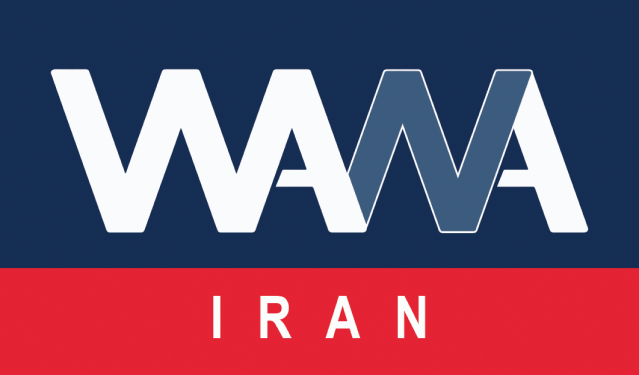Iran’s Port Record-Breaking Performance Amid Sanctions
WANA (Apr 12) – Thanks to its strategic geographic location, Iran’s ports play a significant role in international trade. Despite ongoing sanctions, the country broke its own records in cargo handling and container operations in the Iranian year 1403 (2024–2025). Under a comprehensive roadmap and the streamlining of relevant institutions, Iran’s ports are now poised to become a major Eurasian hub.
Located at the crossroads of East-West and North-South trade corridors, Iran has the potential to play a key role in global commerce. Its access to open waters via the Persian Gulf and the Sea of Oman offers unique opportunities for engagement with regional and global markets. In addition, the presence of the Caspian, Black, and Mediterranean seas in its vicinity enhances Iran’s geopolitical weight.
Saeed Rasouli, Iran’s Deputy Minister of Roads and Urban Development and acting head of the Ports and Maritime Organization (PMO), presented the country’s port performance statistics for 1403. According to Rasouli, Iran’s state-owned and governmental ports handled a total of 234,839,130 tons of cargo during the year—82,295,468 tons of incoming (unloaded) oil and non-oil goods and 152,543,662 tons of outgoing (loaded) goods.
He added that oil cargo made up 103,045,204 tons of the total throughput, while non-oil cargo accounted for 131,793,926 tons, bringing the overall figure to 234,839,130 tons. This means that oil-related cargo made up 44% of total volume, and non-oil cargo 56%.
Rasouli also reported a significant rise in container operations, with a total of 3,083,623 TEUs (twenty-foot equivalent units) handled in 1403—a 13% increase compared to 2,731,267 TEUs recorded the year before.
In 2016, Donald Trump was elected President of the United States. This coincided with the signing of the JCPOA (Joint Comprehensive Plan of Action) between Iran and six world powers, creating new opportunities in Iran’s economy, particularly in transportation.
- However, when Trump unilaterally withdrew from the agreement on May 8, 2018, Iran’s maritime sector suffered a severe blow. Container operations fell sharply—from 3.07 million TEUs in 2017 to just 1.95 million TEUs. Yet despite intensified sanctions, Iranian ports have made a comeback, breaking records once again. Even the harshest restrictions could not halt the rise of Iran’s maritime transport sector in the country’s foreign trade.












